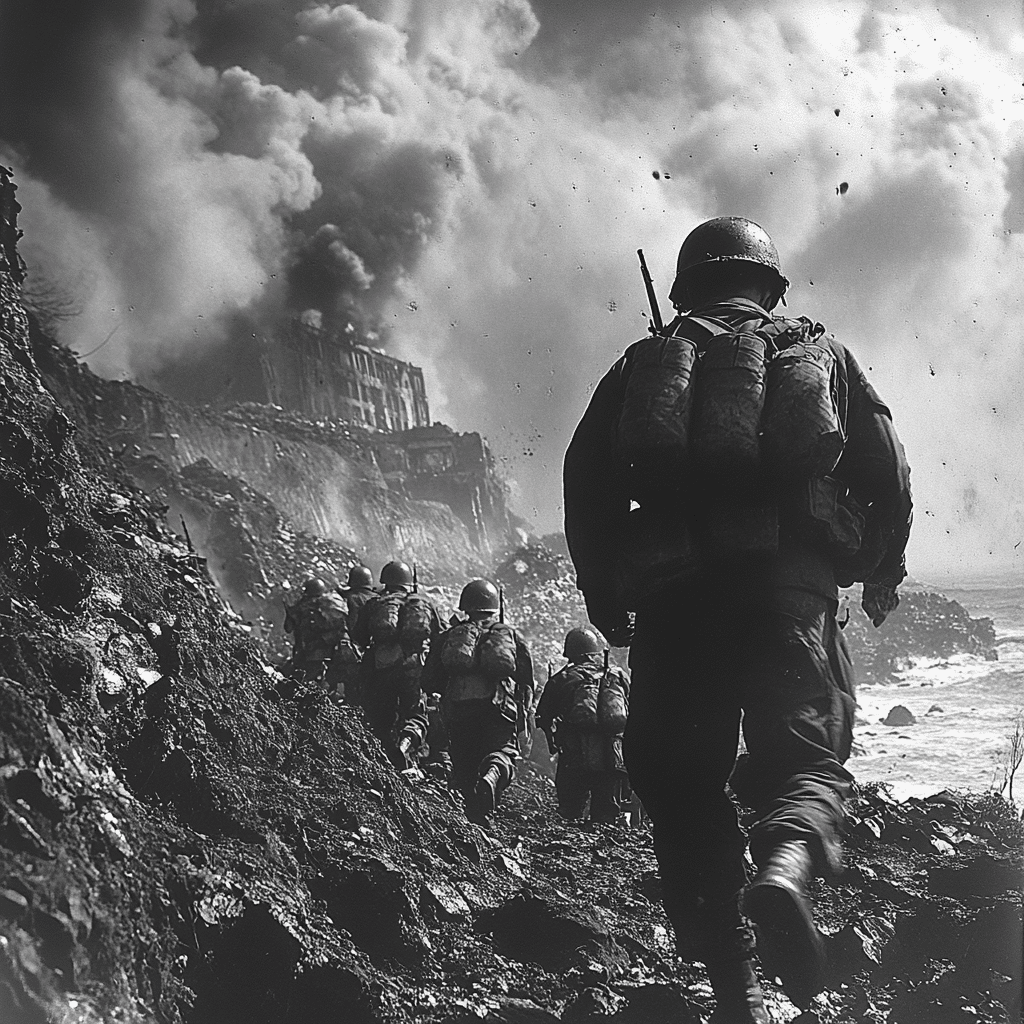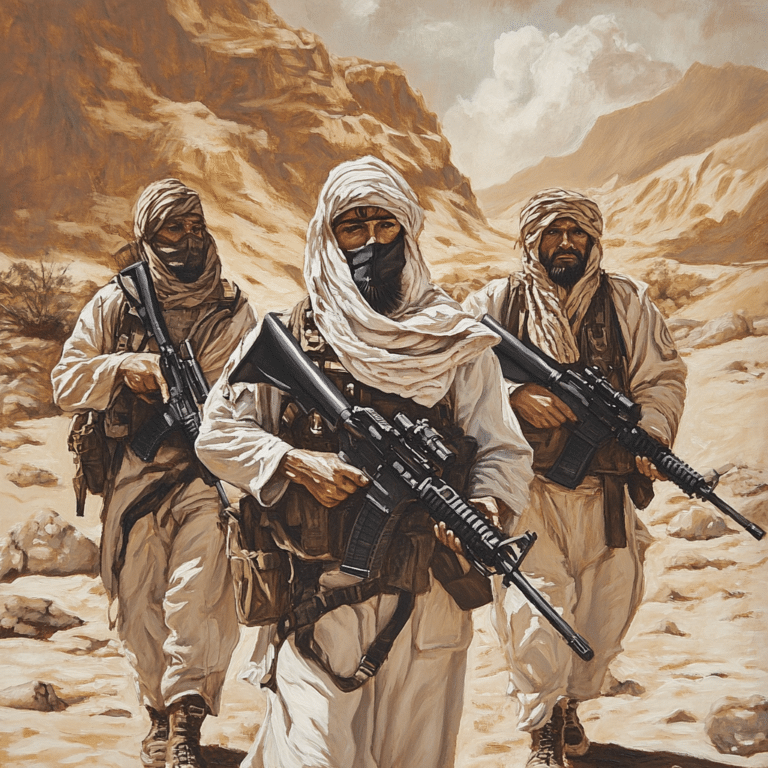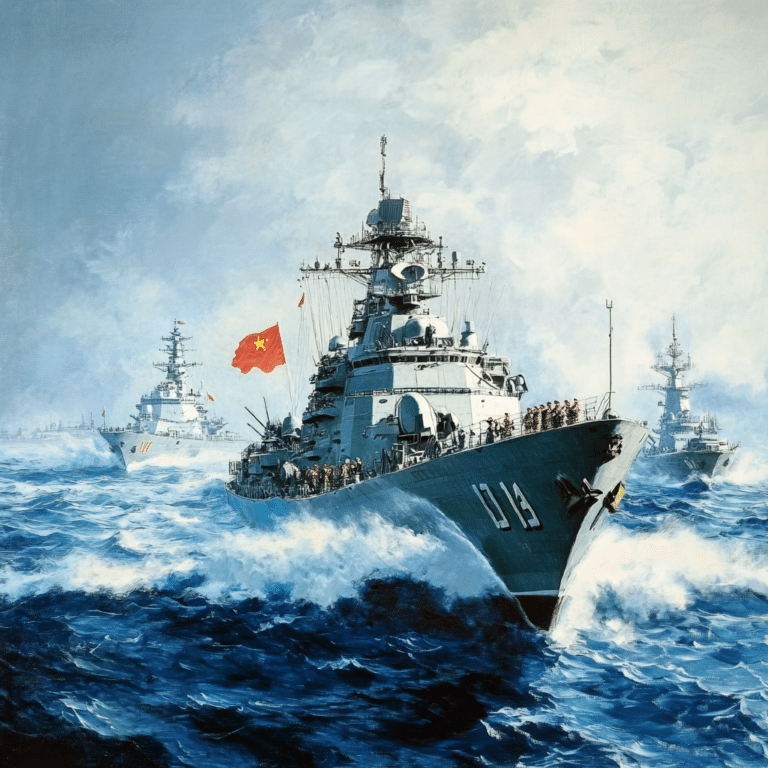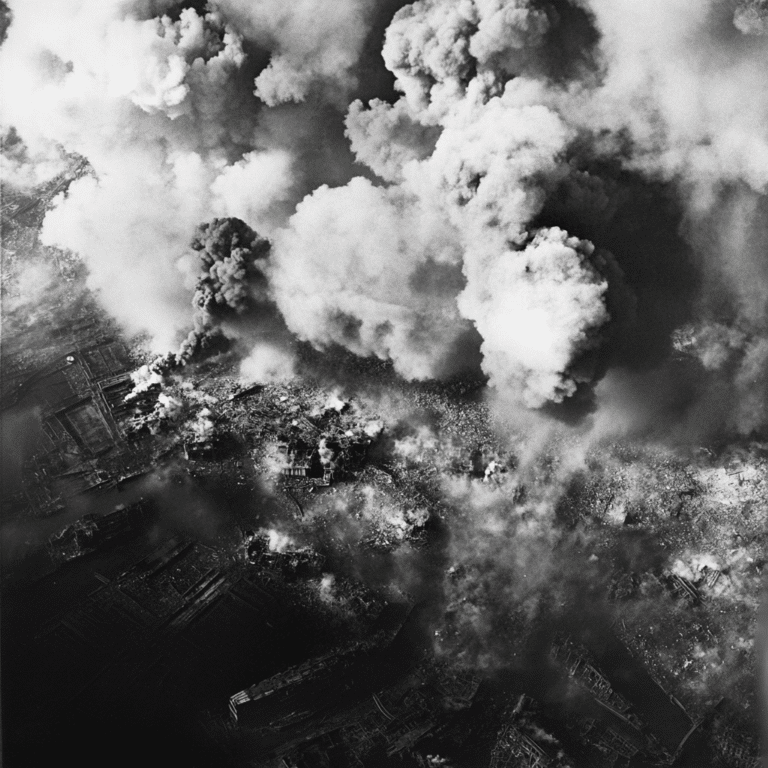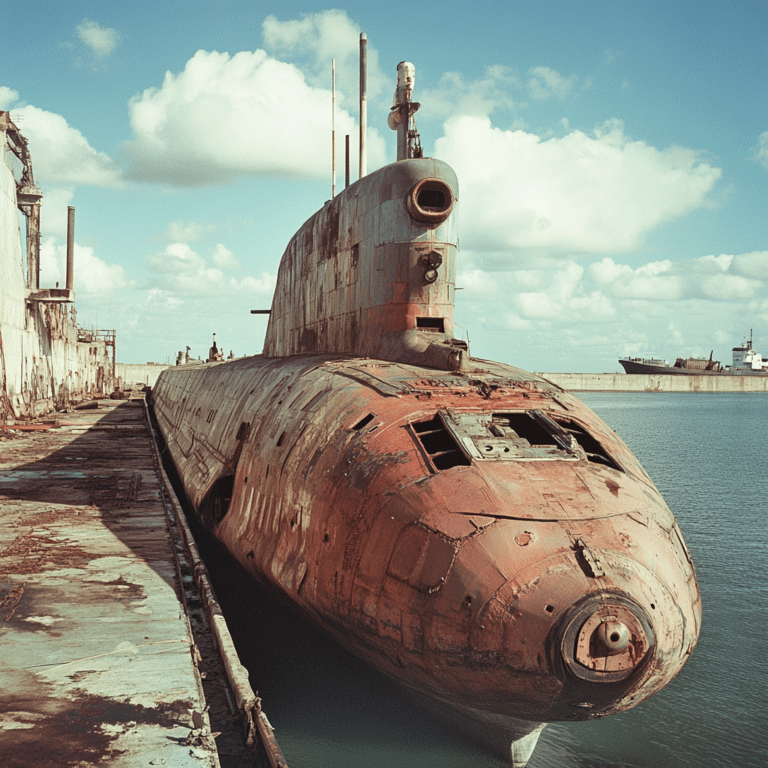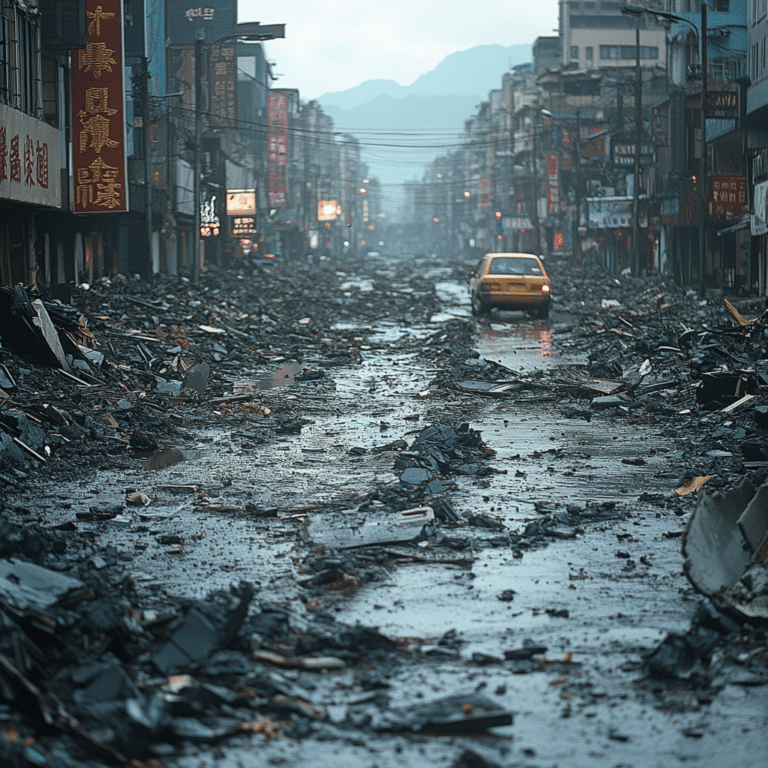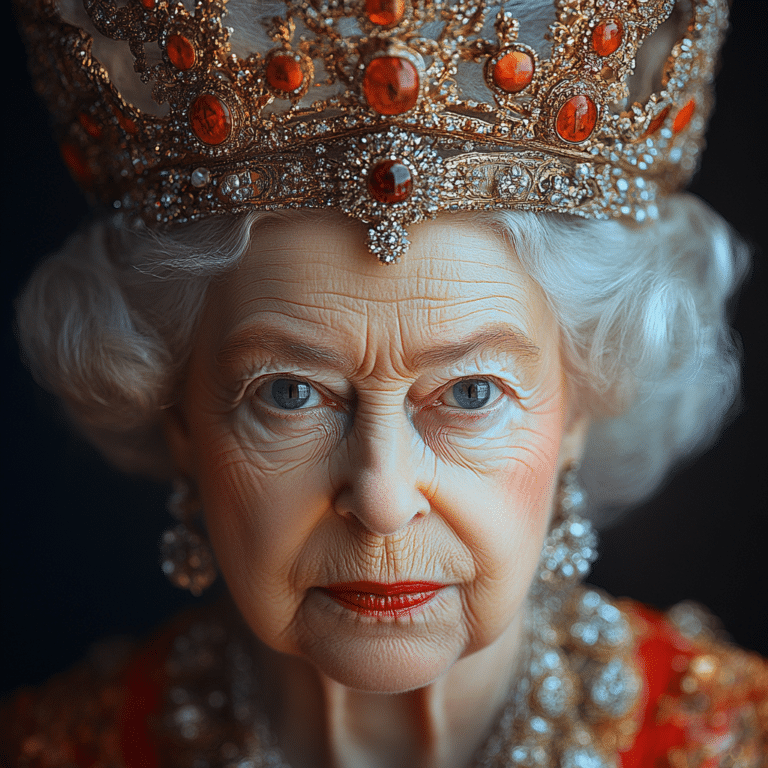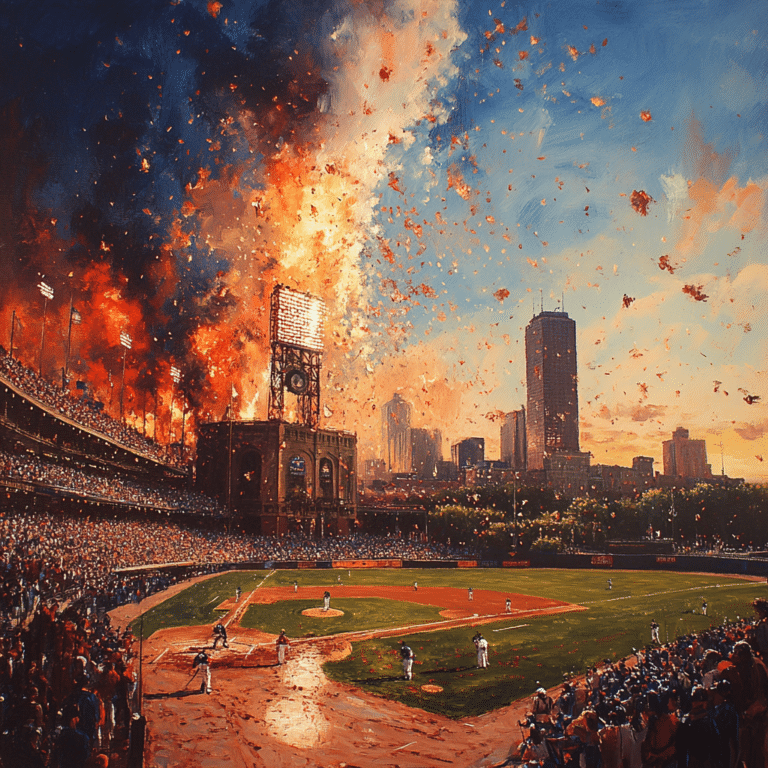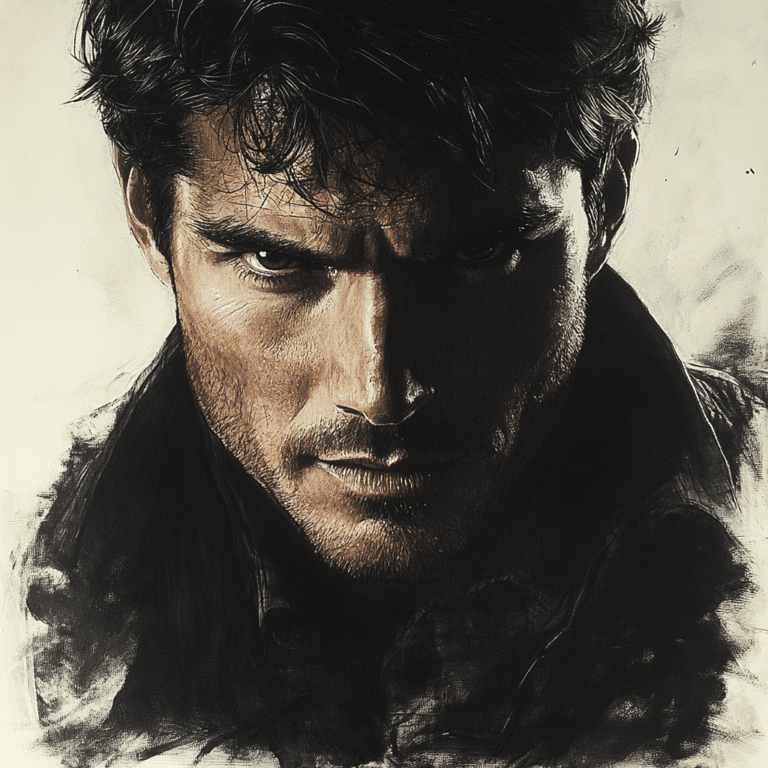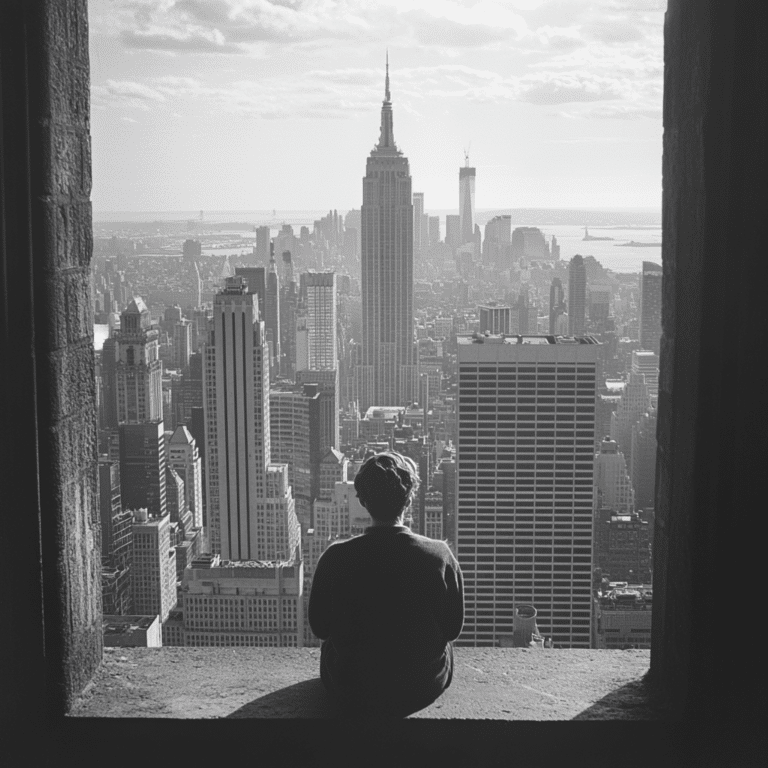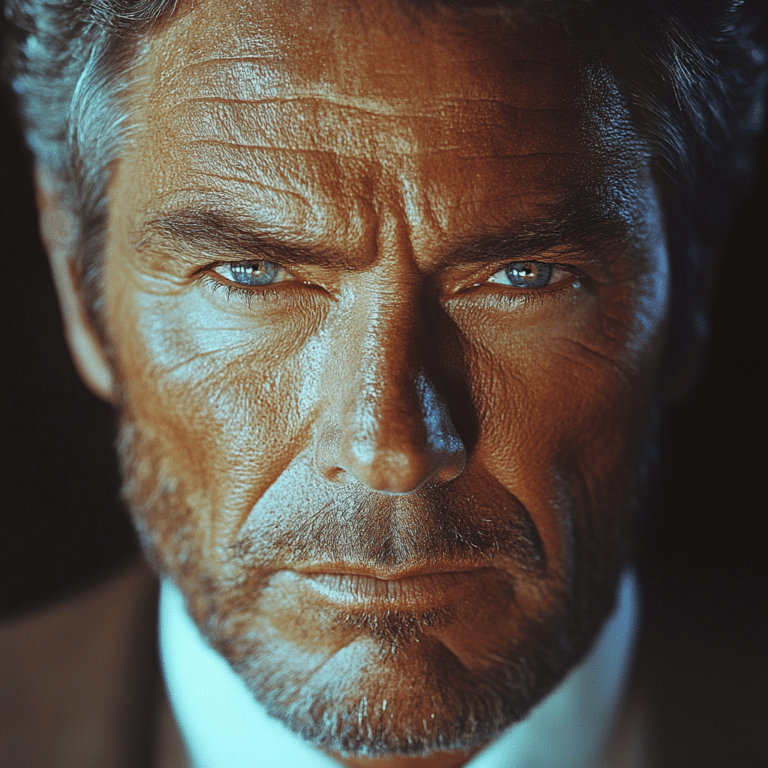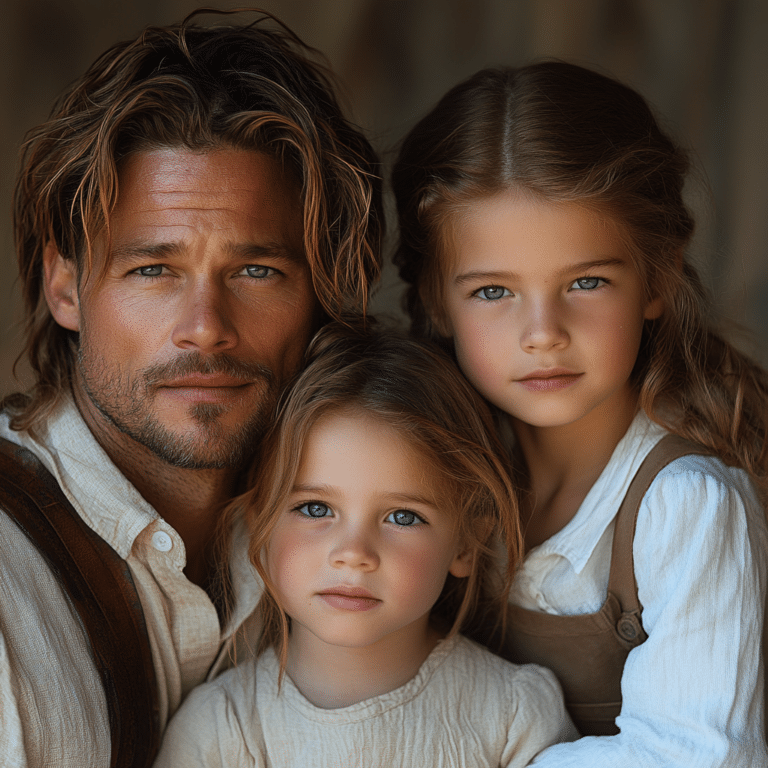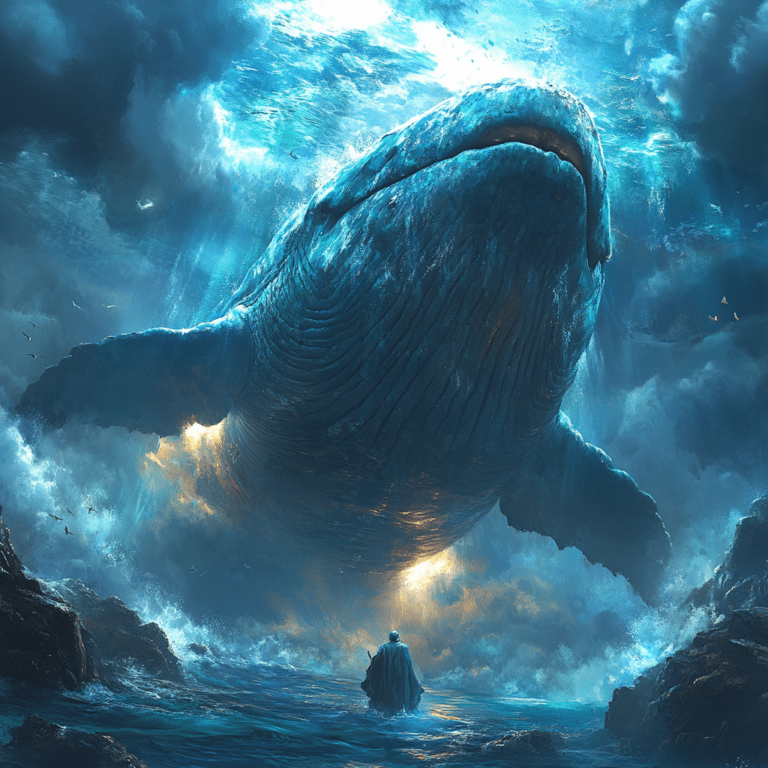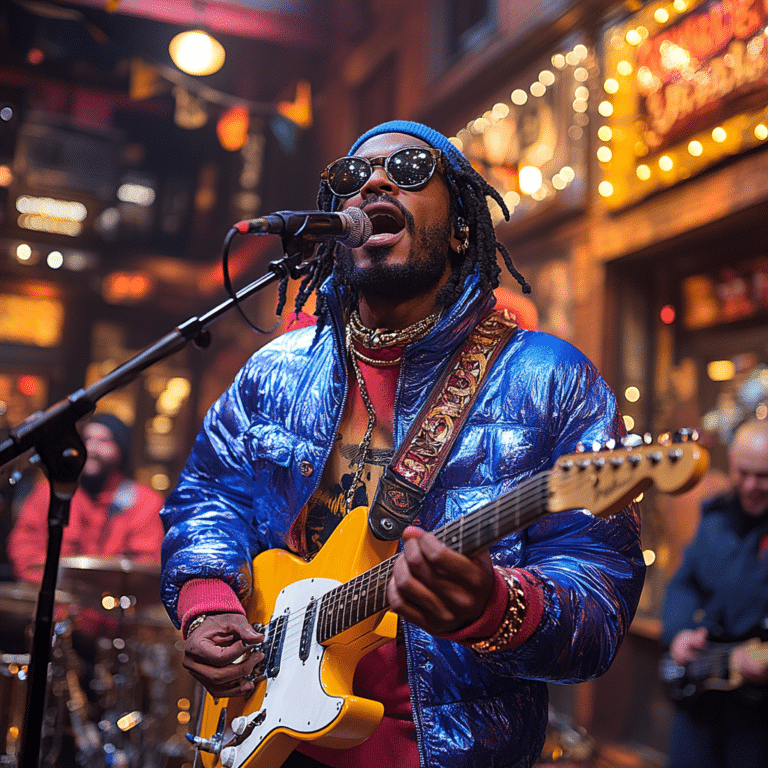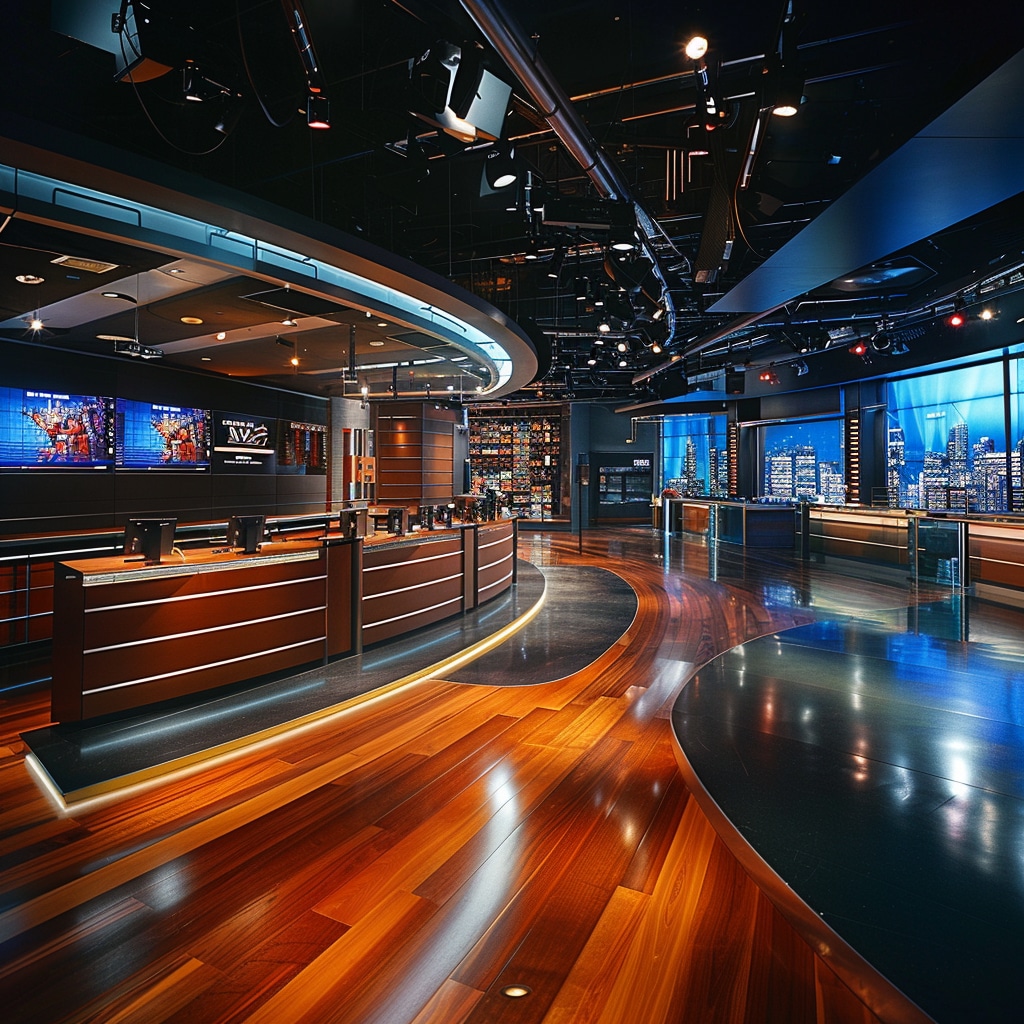World War II remains the most devastating conflict humanity has ever faced, stretching from 1939 to 1945. The scale is staggering, with an estimated 70-85 million fatalities, accounting for about 3-4% of the world’s population at that time. This wasn’t just a skirmish; it was a global meltdown that reshaped societies, obliterated cities, and transformed the international landscape forever. Over 100 countries participated in the conflict, marking alliances that shifted quicker than you could say “Axis” or “Allies.” The geographical reach of the war spanned Europe, Asia, Africa, and the Pacific—there was no corner of the globe untouched by its chaos.
The ideological divide that fueled the conflict was stark—on one side, the Axis Powers, including Germany, Italy, and Japan, represented fascism and militarism. On the other side stood the Allied Powers, consisting of the United States, Soviet Union, United Kingdom, China, and various other allies, who advocated democracy and freedom. These ideological battles were not just military; they became the bedrock of national identities and influenced the course of history. The question remains: How does the legacy of World War II inform today’s societal values amidst a world increasingly divided by ideology?
The Top 7 Deadliest Battles of World War II
Let’s break down this bloodbath with the seven deadliest confrontations that defined the war. The staggering human loss during these battles became emblematic of the horrors faced by those caught in the crossfire:
This urban melee was where the Soviet defenses put up a stout resistance against Nazi advances, leading to approximately 1.2 million casualties. It marked a pivotal turning point in the war, shifting the momentum back towards the Allies.
Almost 900 days of siege broke the spirits of many, leading to over a million soldiers and civilians lost to starvation and bombardment. The resilience of the Soviet Union during this time is often cited as a critical factor that turned the tide later in the war.
Claiming about 200,000 lives, this battle was marked by horrific violence and intense military operations, illustrating the dire consequences of a land campaign. It was also a harbinger of the bloody fight that awaited U.S. troops in the Japanese archipelago.
With an estimated 90,000 British civilians killed or injured, this air campaign underscored the extensive toll on non-combatants. It was here that the Royal Air Force defended its skies against the Luftwaffe, making it clear that the fight for survival extended beyond military ranks.
A decisive confrontation that thwarted Axis advances into North Africa, this battle saw around 70,000 casualties collectively from both sides. Its significance cannot be overstated; it marked a shift in momentum towards the Allies in a critical theater of war.
Operation Overlord was monumental; over 425,000 Allied and German casualties resulted from the Normandy landings. This initiative was not just about brute force; it was a tactical triumph that led to the liberation of Western Europe.
Okay, it technically happened before World War II, but the brutality showcased here influenced WWII tactics. While not a direct conflict of the war, the lessons learned in human cost and strategy echoed into the battles faced when the globe erupted again.
These battles aren’t just numbers; they’re a testament to the human spirit’s endurance in the face of unimaginable terror.
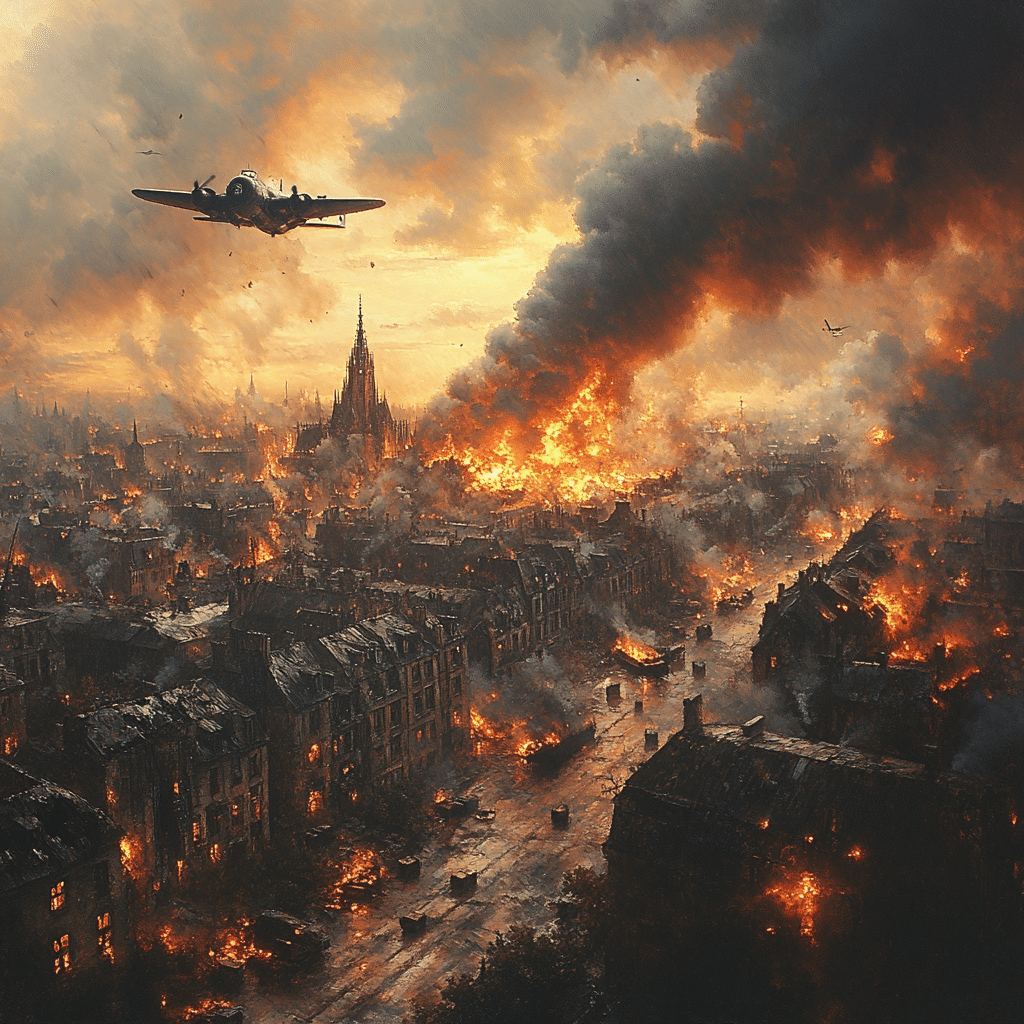
The Aftermath: World War II and Its Legacy
The aftermath of World War II reshaped the global order far beyond what anyone could have anticipated. The United Nations emerged from the furnaces of war in an effort to prevent future conflicts, yet tensions laid the groundwork for what many feared could lead to World War III. The ideological rift established during the war seeped into the Cold War, creating a polarized world between Eastern communism and Western capitalism.
The introduction of atomic warfare during this period—with the bombings in Hiroshima and Nagasaki—sealed not only the conflict’s end but ushered in a nuclear arms race. Nations, in turn, began stockpiling weapons with apocalyptic potential, ensuring that the horrors of global conflict would not fade quietly into history. The fear of a possible World War III became a shadow hanging over international relations, emphasizing the precarious balance kept through mutual deterrence.
Today, the legacy of World War II still reverberates as a constant reminder of humanity’s capacity for destruction. It teaches us valuable lessons that shouldn’t be forgotten: cooperation, vigilance, and a commitment to freedom. It begs the question, “What have we learned, and how can we apply it to ensure our future remains secure?”
Understanding the Human Cost of Global Conflict
Statistics often don’t do justice to the human cost of war. Behind every number is a story, and World War II created a tapestry of human experiences that have echoed through generations. From soldiers grappling with PTSD to the sheer number of displaced persons, the war’s impact on society has been profound.
Individual stories of valor, sacrifice, and resilience come to life when we reflect on figures like Anne Frank, whose diary portrayed the struggle for survival amidst the Holocaust. It reminds us of the moral dimensions intertwined with these statistics. Similarly, decorated soldiers like Audie Murphy—who became a symbol of American bravery—shed light on the personal sacrifices made for freedom.
Understanding these individual narratives serves as a poignant reminder of what’s at stake. It tells us that the cost of war is not measured only in lives lost but also in dreams shattered and futures altered. These stories breathe life into the historical data and remind us of the stakes whenever we find ourselves on the precipice of conflict.
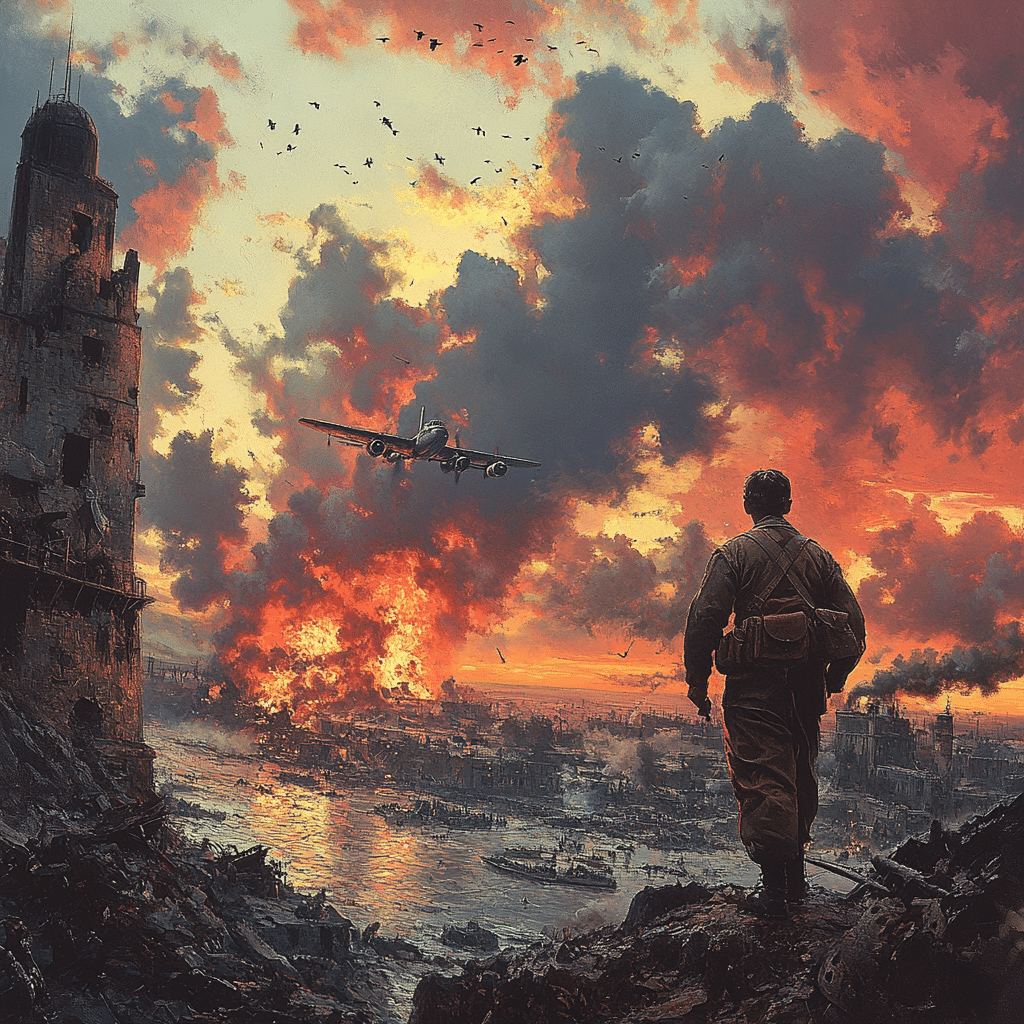
Path Forward: Lessons Learned and Future Threats
As we stand a century away from World War II, the international community grapples with the lessons learned. Events like Russia’s actions in Ukraine and China’s assertive policies in Asia trigger alarms across defense circles. The questions quivering in the air are clear: Could these tensions escalate into World War III?
Preventative measures must evolve. Diplomacy, international organizations, and treaties are crucial in reducing the risks of renewed global conflict. We should advocate for collective security measures and effective conflict resolution mechanisms to keep history from dividing humanity once again.
In essence, history is not just about remembering what happened; it’s about extrapolating its lessons. World War II should serve as a wake-up call—an imperative that urges nations to cooperate more diligently than ever before to safeguard global peace.
Final Thoughts on World War II’s Impact
World War II’s legacy is both far-reaching and multifaceted. It continues to shape our lives, politics, culture, and collective memory. It’s a relentless reminder of humanity’s dual capacity for destruction and resilience. Understanding this history is vital for fostering awareness and ensuring we don’t repeat past mistakes.
The world stands at a crossroads. The specter of another world war looms in the shadows, pressing us toward a critical moment of re-evaluation in our quest for peace. It’s up to us to keep the lessons of World War II alive, ensuring that our commitment to freedom, democracy, and unity prevails in an uncertain world.
So here’s the deal: Our vigilance has never been more crucial. In every political debate we have, let’s remember the stakes—our freedom was won through sacrifice, and it must be preserved with diligence. We’ve got to push back against divisive ideologies—whether they’re domestic or foreign and do everything in our power to ensure history doesn’t repeat itself. Together, let’s aim for a future that honors those who came before us.
Fascinating Trivia About World War II
The Global Impact of World War II
World War II wasn’t just a military confrontation; it was a world-changing event that affected millions of lives across continents. Did you know that the term “blitzkrieg,” which translates to “lightning war,” describes a tactic used by Germany to quickly overwhelm opponents? This method of warfare aimed to secure swift victories, thereby minimizing prolonged conflict. It’s somewhat reminiscent of how modern groups like the Houthi Rebels have made headlines by applying rapid strategies in Yemen today, turning the region’s intricate dynamics on their head. Speaking of dynamics, countries involved in the war produced military tech that revolutionized future innovations, laying groundwork that influences even our current gadgets.
Switching gears, let’s talk about an unexpected aspect of life during the conflict: leisure activities. While countries raged in battle, American servicemen and women often found solace in recreational activities, much like enjoying a day at Resorts in Maryland. These resorts served not just as a getaway but also as a gathering hub for those short on downtime. Amidst the chaos, these moments of joy remind us of the resilience of the human spirit, a theme echoing through various art forms, including music—much like Zach Bryan’s latest album captures emotions that resonate with many today.
Interconnections to History
World War II also had significant implications for women’s roles in society. My wife often jokes about women’s short haircuts being revolutionary in the ’40s, influenced by the practical needs of women stepping into roles traditionally held by men. These changes ultimately fueled movements for gender equality in subsequent decades, permanently altering societal landscapes. Just as women adapted during these challenging times, many nations had to change their strategies to stay afloat, leading to innovations that would influence future military operations.
Interestingly, the war’s impact extended to academic pursuits too. Post-war, emerged the need to study conditions such as Alzheimer ‘s disease Symptoms. Many veterans returned home with both physical and psychological scars, sparking the conversation around mental health awareness that we know today. From academic institutions like Florida University rising in prominence to increase research, we can trace a legacy of learning that emerged long after the confetti settled on WWII.
Cultural Reflections
Art and culture also took a strong turn during and after World War II. You know, you could even compare the gritty stories of survival in that era to popular culture phenomena, such as Michonne Of The Walking Dead—a character who embodies resilience in the face of adversity. Just as the bold narrative art creates today reflects societal battles, the literature and music spawned from World War II still resonate in modern storytelling. Plus, The Olympics saw a return after the war, symbolizing hope and renewal—a unifying moment for a fractured world, helping humanity move forward despite the scars of conflict.
So next time you think about World War II, remember not just the battles fought and lives lost but also the captivating stories, cultural shifts, and innovations that emerged from this historic conflict. Each piece of trivia draws a connection to our present, reminding us of the lessons learned and how they continue to shape our lives today.
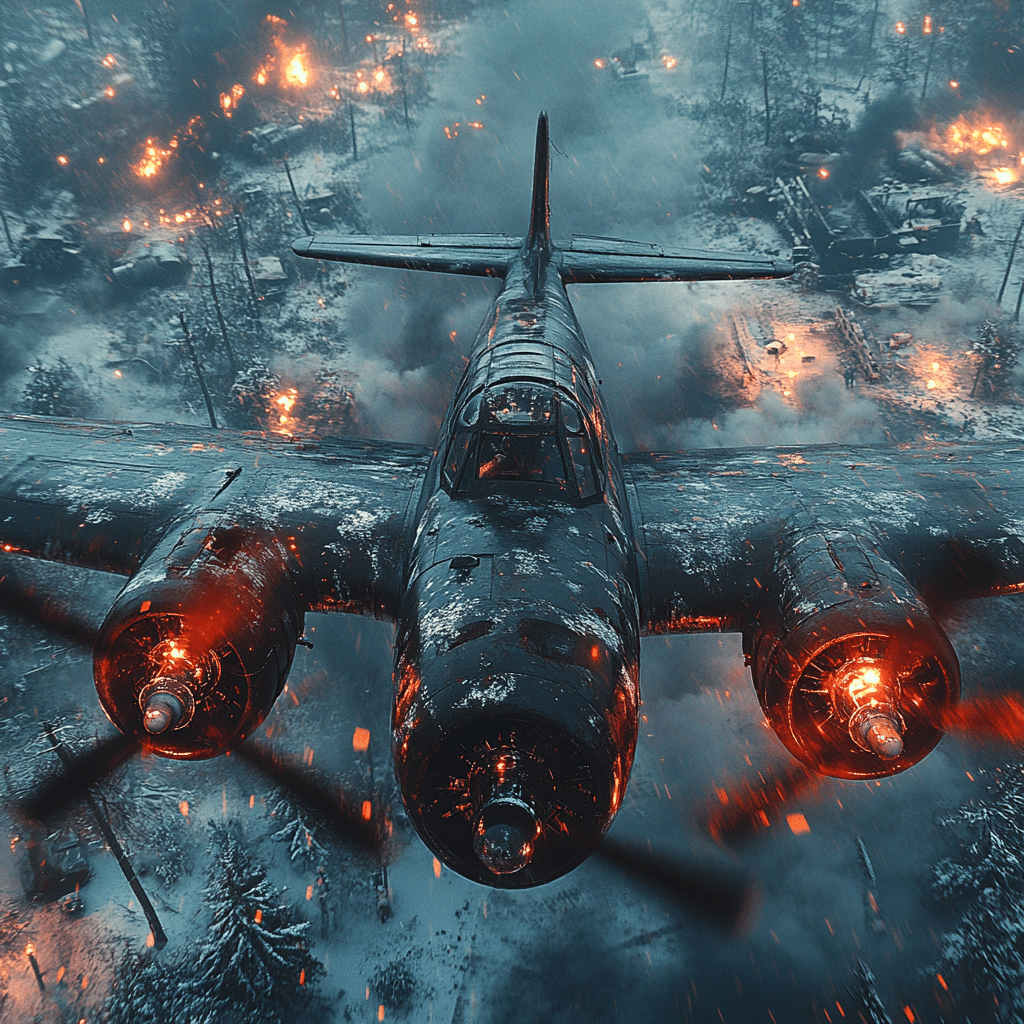
Why did the World War II start?
World War II started when Germany invaded Poland on September 1, 1939, prompting Britain and France to declare war on Germany just days later. This invasion was fueled by Germany’s aggressive expansionist policies and the desire to reclaim territories lost after World War I.
Which countries fought in World War II?
The major countries that fought in World War II were divided into two main groups: the Allies and the Axis. The Allies included Britain, France, Russia, China, and the United States, while the Axis Powers were mainly Germany, Italy, and Japan.
What country has the most deaths in World War II?
The country with the most deaths during World War II was the Soviet Union, which lost around 27 million people, including both military and civilian casualties. This immense loss reflects the brutal nature of the conflict on the Eastern Front.
How many WWII veterans are still alive?
As of 2024, it’s estimated that between 300,000 and 500,000 World War II veterans are still alive today. The numbers vary since many veterans pass away daily, and not all countries keep updated records on their surviving veterans.
Why did Japan enter WWII?
Japan entered World War II due to its imperial ambitions in Asia and the Pacific, seeking to expand its territory. The attack on Pearl Harbor in December 1941 was a key moment that led to the U.S. officially joining the conflict.
What was the deadliest war in history?
World War II is known as the deadliest war in history, involving more than 30 countries and resulting in millions of military and civilian deaths across the globe over six years.
What ended WWII?
World War II ended in 1945 when the Allies successfully defeated the Axis Powers, culminating in Germany’s surrender in May and Japan’s surrender in September after the dropping of atomic bombs on Hiroshima and Nagasaki.
Which country played the biggest role in WWII?
The United States is often seen as having played the biggest role in World War II, especially in terms of military strength and economic resources supplied to the Allies, contributing significantly to the victory over the Axis Powers.
Which countries are at war right now in 2024?
As of 2024, several countries are experiencing conflict, including Ukraine and Russia. In addition, there are ongoing tensions and conflicts in regions around the world, but the battle lines vary over time.
What was the bloodiest battle in history?
The bloodiest battle in history is often considered to be the Battle of Stalingrad during World War II, which resulted in an estimated 2 million casualties, making it a pivotal and horrifying conflict on the Eastern Front.
Did China fight in WWII?
Yes, China fought in World War II, primarily against Japanese aggression beginning in 1937 and continuing through the conflict until Japan’s defeat in 1945. China was one of the major Allied Powers during the war.
What nationality died the most in ww2?
The largest number of deaths during World War II were among ethnic Russians, with around 5.7 million military deaths. Additionally, many other nationalities suffered significant losses, particularly in the Soviet Union.
Who is the youngest WWII veteran still alive?
The youngest WWII veteran still alive is not definitively known, as ages can vary widely among surviving veterans, but many of them are now in their 90s or even older. New records might emerge as the years progress.
What were the odds of surviving ww2?
Surviving World War II was a challenge, with estimates suggesting that many countries had survival rates varying widely based on factors like military assignments and the nature of combat. Overall, many soldiers faced extremely high risks.
Are any D-Day soldiers still alive?
Some D-Day soldiers are still alive today, but their numbers are dwindling. Many were in their late teens or early twenties during the landings, meaning they are now elderly but still hold invaluable firsthand accounts of the event.
Who was the US at war with in World War 2?
The U.S. was at war with multiple Axis nations during World War II, primarily Germany and Japan, with Italy also being a significant adversary until Italy switched sides toward the end of the war.
What was the reason for the World War 1?
The reason for World War I was complex, involving political tensions, alliances, and nationalism in Europe. The assassination of Archduke Franz Ferdinand is often cited as the immediate trigger that set off the conflict.
When did China enter WWII?
China entered World War II in 1937 when Japan invaded and sought to expand its control over Chinese territories, significantly affecting the course of the war in Asia.
Who was on Germany’s side in WWII?
Germany was aligned with Italy and Japan during World War II as part of the Axis Powers, forging alliances that aimed to expand their territories and influence across Europe and Asia.
Why did World War 1 2 start?
World War II started due to unresolved tensions and issues leftover from World War I, particularly Germany’s grievances under the Treaty of Versailles, combined with aggressive expansionism from Axis powers.
Why did the US enter World War II?
The U.S. entered World War II after the surprise attack on Pearl Harbor by Japan on December 7, 1941, which pushed America to formally declare war against Japan the next day, joining the Allies in the fight.
What was Germany before ww2?
Before World War II, Germany was a republic known as the Weimar Republic, but it underwent significant turmoil and radical changes that ultimately led to the rise of Adolf Hitler and the Nazi regime.
Which country played the biggest role in WWII?
As previously mentioned, the United States is often credited for its extensive involvement and significant contributions in military, economic, and strategic areas, playing a central role in World War II.

